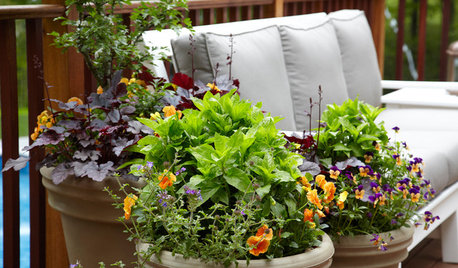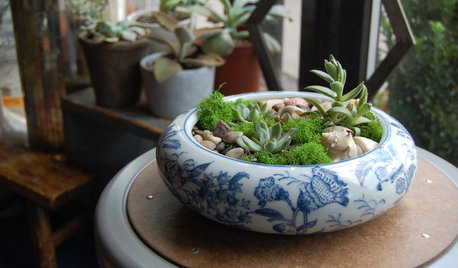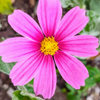Why did all my petunias in my planters die so quickly?
linnea56 (zone 5b Chicago)
11 years ago
Featured Answer
Sort by:Oldest
Comments (20)
Tiffany, purpleinopp Z8b Opp, AL
11 years agoRelated Professionals
Danbury Landscape Architects & Landscape Designers · Accokeek Landscape Architects & Landscape Designers · Pelham Landscape Contractors · Beachwood Landscape Contractors · Cockeysville Landscape Contractors · North Richland Hills Landscape Contractors · Wallingford Landscape Contractors · West Chester Landscape Contractors · Alexandria Driveway Installation & Maintenance · Crestwood Driveway Installation & Maintenance · Boone Decks, Patios & Outdoor Enclosures · Diamond Bar Decks, Patios & Outdoor Enclosures · Fort Mill Decks, Patios & Outdoor Enclosures · Miami Decks, Patios & Outdoor Enclosures · Palo Alto Decks, Patios & Outdoor Enclosuresken_adrian Adrian MI cold Z5
11 years agolinnea56 (zone 5b Chicago)
11 years agodavid883
11 years agokatob Z6ish, NE Pa
11 years agorhizo_1 (North AL) zone 7
11 years agolinnea56 (zone 5b Chicago)
11 years agoPat z6 MI
11 years agolinnea56 (zone 5b Chicago)
11 years agoTiffany, purpleinopp Z8b Opp, AL
11 years agogamountains
11 years agolinnea56 (zone 5b Chicago)
11 years agodowlinggram
11 years agodavidinsf
11 years agogrny28
11 years agogrny28
11 years agoPat z6 MI
11 years agozen_man
11 years agotres73053
8 years ago
Related Stories

CONTAINER GARDENS3 Steps to Creating Quick, Easy and Colorful Succulent Containers
Take a bright container, add a colorful succulent or two and have a professional, summery design in minutes
Full Story
GARDENING GUIDESGreat Design Plant: Bugle Weed, a Quick Ground Cover
It’s highly adaptable, suppresses weeds, reduces erosion and provide weeks of bright flowers. Just watch for invasiveness
Full Story
EDIBLE GARDENSHouzz Call: What Did You Grow This Summer?
Let’s celebrate the homegrown fruits and vegetables of the season. Post your pictures and tell us about your harvest
Full Story
KITCHEN DESIGN15 Quick Kitchen Fixes
Little Changes Will Help You Love Your Kitchen All Over Again
Full Story
Let's Dish! Did You Watch the Flipping Out Premiere?
Contemporary Remodel Kicks off Design Show's New Season. What Did You Think?
Full Story
DECORATING GUIDESNo Neutral Ground? Why the Color Camps Are So Opinionated
Can't we all just get along when it comes to color versus neutrals?
Full Story
GARDENING FOR BUTTERFLIESA Quick-Start Guide to Bird-Watching for Fun and Learning
Set out some seed and grab your field guide. Bird-watching is an easy, entertaining and educational activity for the whole family
Full Story
GARDENING AND LANDSCAPING13 Quick-Change Boosts for a Spring Patio
Enjoy your outdoor room more with these enhancements that are easy, impactful and kind to your budget
Full Story
LIVING ROOMSRoom of the Day: Curiosities Bring Quick Intrigue to a Living Room
From blank box to captivating, exotic concoction, this room goes for the wow factor — and the whole house took just 4 days
Full Story
DIY PROJECTSQuick DIY Project: 3 Ways to Show Off Your Succulents
Create a simple yet lush vignette with a few plants and some everyday items
Full Story






Pat z6 MI